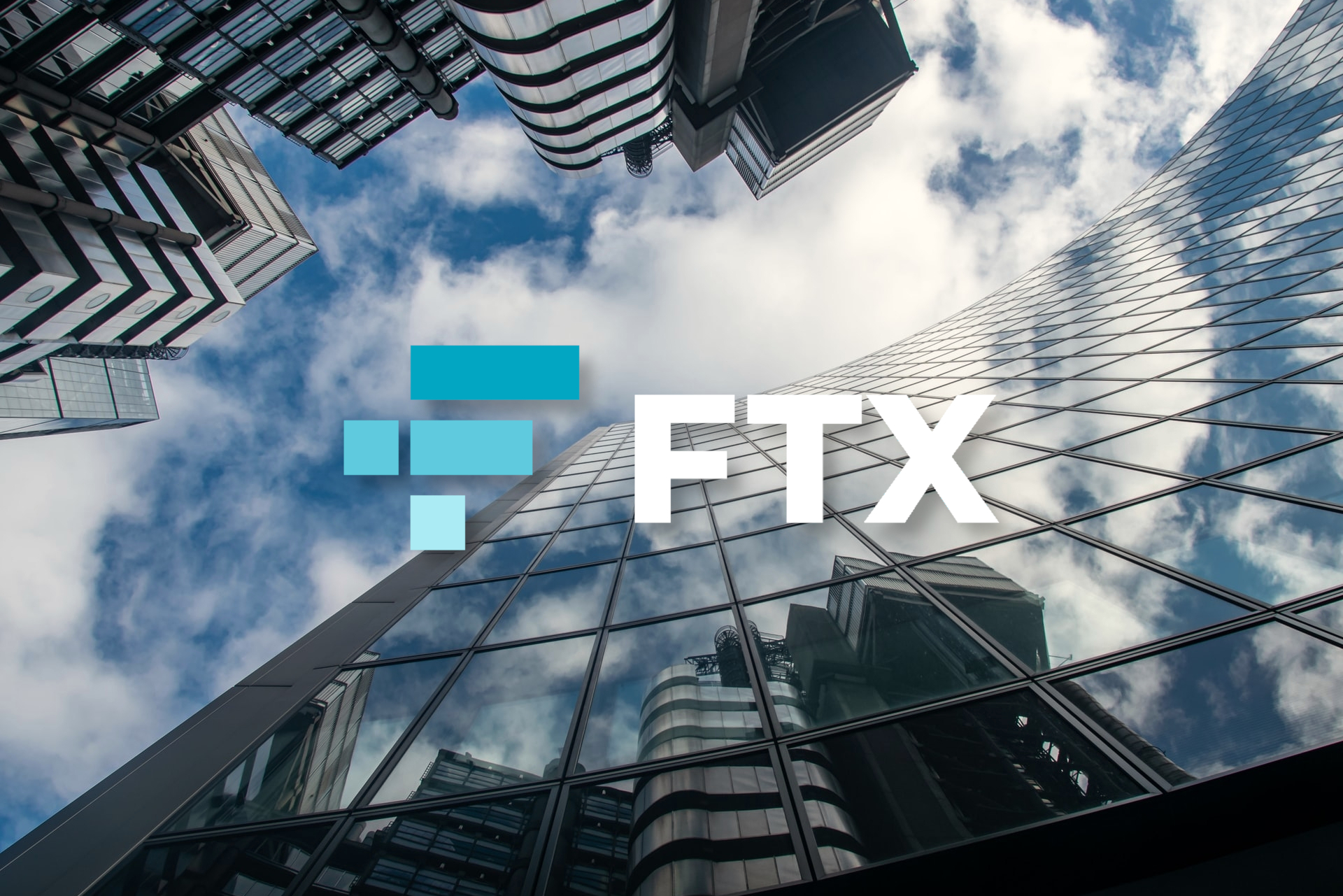
Key takeaways:
- FTX US, the U.S. arm of the international FTX exchange, has won an auction for Voyager assets
- The exchange reportedly spent $1.4 billion on assets of the bankrupt crypto lender
- FTX CEO Sam Bankman-Fried is reportedly eyeing Celsius’ assets as well
FTX US comes out on top in a “highly competitive auction process”
FTX US cryptocurrency exchange has won the two-week long auction process, during which interested parties were able to submit their bid for the bankrupt cryptocurrency lender Voyager. According to a press release published on Monday, the deal is valued at roughly $1.42 billion, with $111 million in “additional consideration”.
The deal will be submitted to the U.S. Bankruptcy Court for the Southern District of New York on October 19. The court will decide whether the deal follows regulations outlined in the so-called chapter 11 bankruptcy, usually filed by companies that seek business operations restructuring and debt repayment.
An excerpt from Voyager’s press release reads:
“FTX US’s bid maximizes value and minimizes the remaining duration of the Company’s restructuring by providing a clear path forward for the Debtors to consummate a chapter 11 plan and return value to their customers and other creditors.”
Recall that Voyager filed for bankruptcy in July, following a halt in users’ withdrawals, deposits, and trading earlier that month. A big reason for Voyager’s downfall was the company’s $650 million investment in Three Arrows Capital (3AC), which went bankrupt due to its outsized exposure to the Terra ecosystems assets ahead of their price collapse in May.
In related news, FTX founder and CEO Sam Bankman-Fried is reportedly considering buying assets of Celsius, another bankrupt crypto lender. According to an unnamed source cited by Bloomberg on Wednesday, the billionaire owner of FTX is eyeing the assets of the bankrupt lender.
Bankman-Fried has been on an investment tear recently, buying $600 million worth of Robinhood stock in May and launching a $2 billion venture capital unit to “advance Web3 adoption” earlier in the year.



